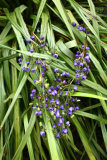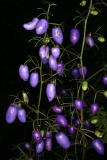Additional notes (click to expand)
Nomenclature
Family name change (05/04/20)
Asphodelaceae
Plants of the World online, Kew Science http://www.plantsoftheworldonline.org/taxon/urn:lsid:ipni.org:names:533871-1
link
Other use
Dianella tasmanica Hook.f. Phormiaceae Tasman flax lily. Distribution: Australia. A pretty plant, but also a source of fine fibre. The leaves are used for making baskets and the berries as a dye source. No medicinal use found, but the fruit is an irritant; the fruit of D. intermedia has been suspected of causing the death of a child. However several species contain neurotoxins, and eating the fruits has resulted in dizziness and walking in circles. Extract of the root of Dianella revoluta have been shown to be active against polio virus in vitro. Fruits of Dianella caerulea can be eaten when ripe and soft, but the advice is that all Dianella fruits should be avoided until their pharmacology has been further assessed (Hegarty, 2001). A note on the herbarium sheet in the Pharmaceutical Society's herbarium for Dianella caerulea states that in India the roots were mashed and boiled with rice which was then scattered in the fields and the rats ate it and died in their hundreds.
Oakeley, Dr. Henry F. (2013). Wellcome Library notes.
link
Toxicity
Note on the herbarium sheet in the Pharmaceutical Society's herbarium for Dianella caerulea states that in India the roots were mashed and boiled with rice which was then scattered in the fields and the rats ate it and died in their hundreds.
Oakeley, Dr. Henry F. (2013). Wellcome Library notes.
link
Dianella tasmanica Hook.f.
Family: ASPHODELACEAEGenus: Dianella
Species: tasmanica Hook.f.
Common names: Tasman Flax-Lily
Distribution summary: S.E.Australia, Tasmania
Habit: Perennial
Hardiness: H3 - Half hardy; unheated greenhouse/mild winter
Habitat: Deciduous forests, damp, shady spots
Garden status: Currently grown
Garden location: Southern Hemisphere Wolfson bed (N)
Reason for growing: Toxic
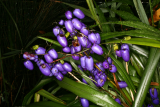
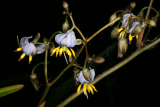
.JPG)



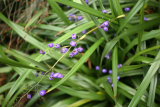
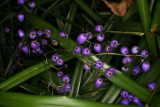
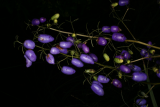
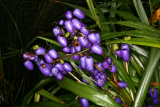
.JPG)
.JPG)
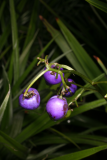
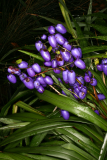
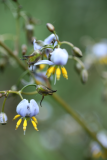
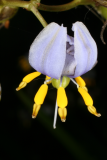
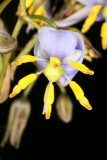
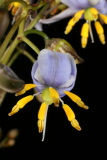
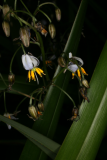
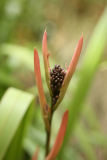

.JPG)
.JPG)
